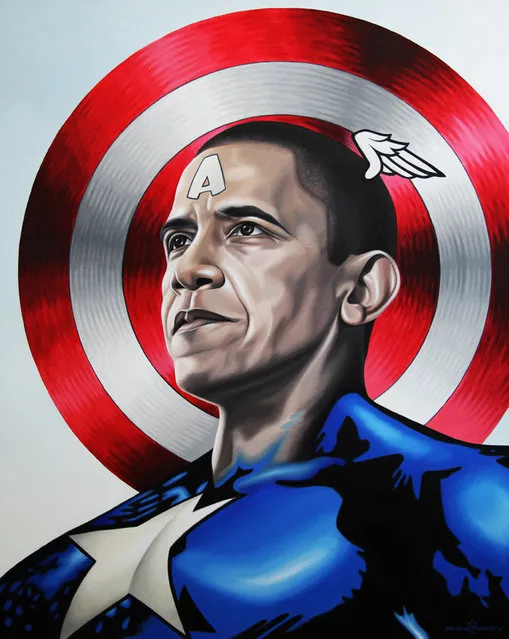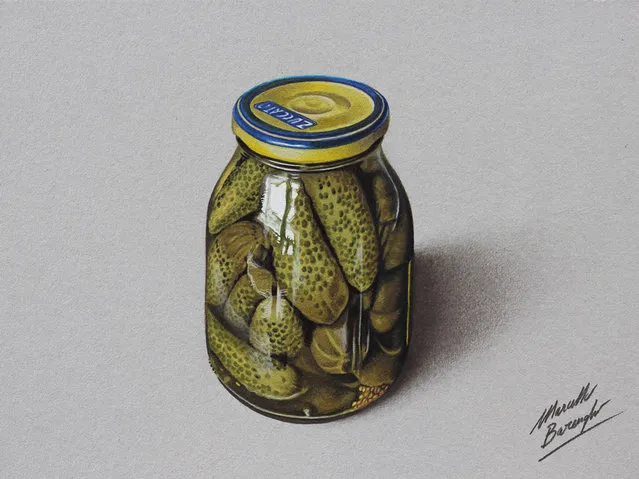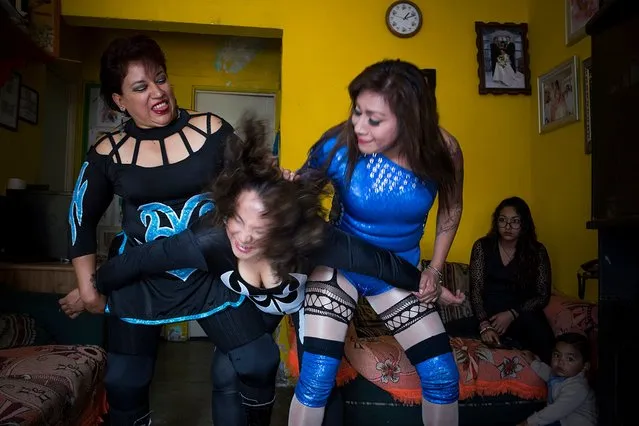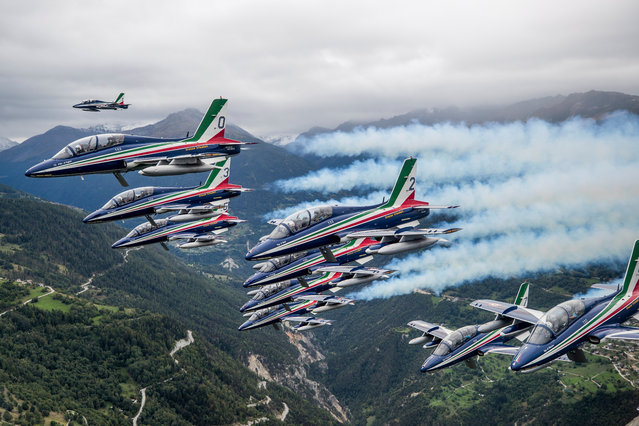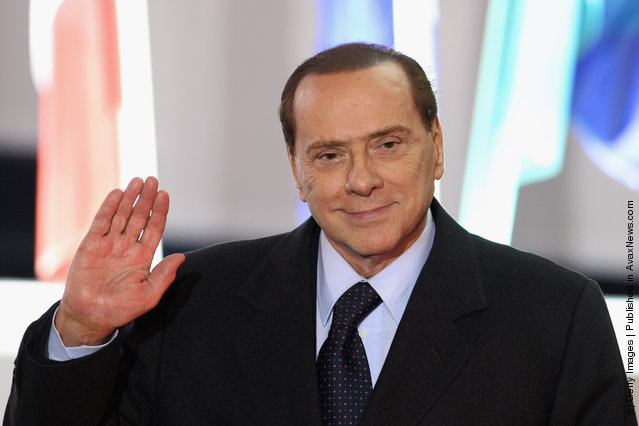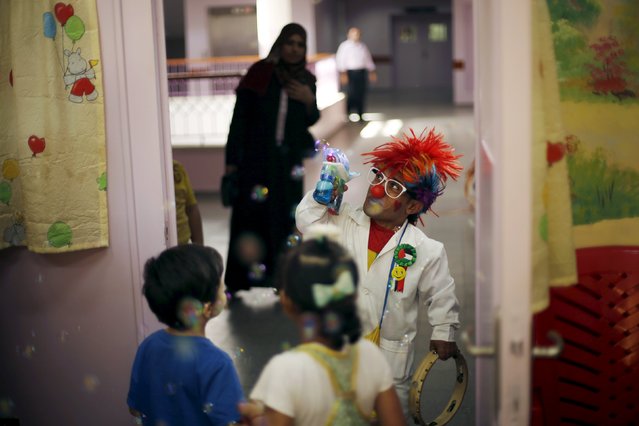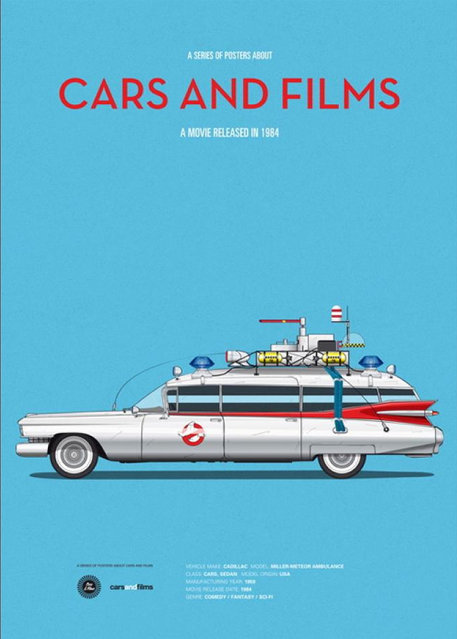
Artist Jesús Prudencio loves cars and movies, if you couldn’t tell by his beautiful series of movie posters, titled Cars and Films, that focuses on an iconic automobile from each movie. From Back to the Future to Pulp Fiction, The Shining to The Italian Job, Prudencio’s colorfully minimal illustrations are a delight for any fan of cars and/or films.
04 Jan 2014 13:33:00,post received
0 comments

